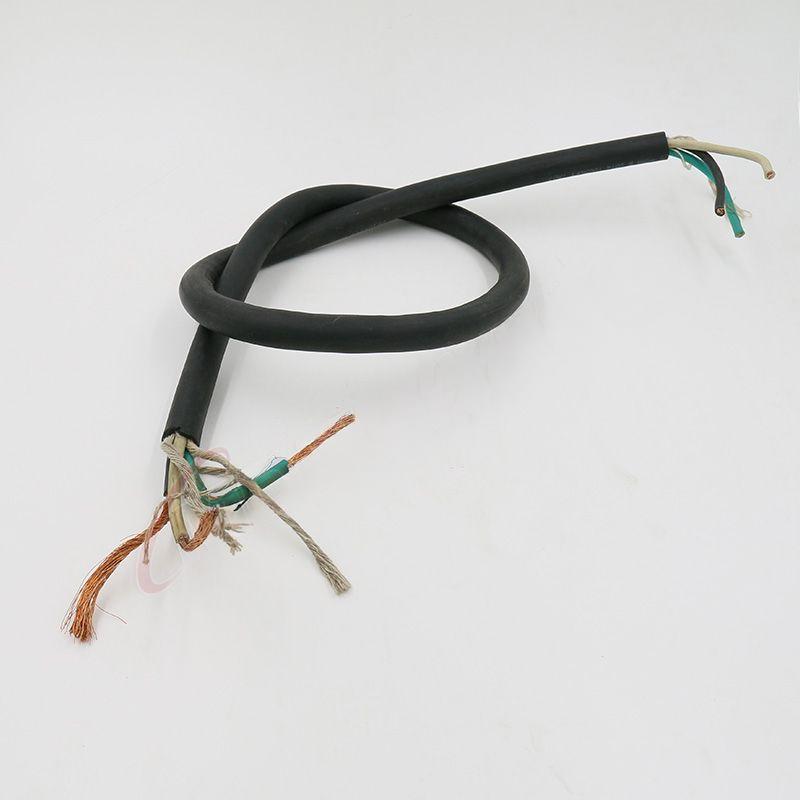Dec . 11, 2024 11:48 Back to list
non rising stem gate valve
Understanding Non-Rising Stem Gate Valves An Overview
In the world of industrial valve technology, non-rising stem gate valves play a critical role in controlling the flow of fluids in various systems. These valves are widely utilized in numerous applications, particularly in water supply, wastewater, and petroleum processing. Their distinct features set them apart from other types of valves, making them an essential component for engineers and facilities managers alike.
Key Features of Non-Rising Stem Gate Valves
The primary characteristic of a non-rising stem gate valve is its design, which allows the valve stem to remain stationary while the gate itself moves up and down to open or close the flow path. This contrasts with rising stem gate valves, where the stem rises with the valve opening. The non-rising design is particularly advantageous in applications where space is constrained or where the valve must be installed in environments where upward movement of the stem could be obstructed.
Non-rising stem gate valves typically consist of several components, including the body, gate, stem, and sealing mechanism. The body is usually made of durable materials such as cast iron, stainless steel, or bronze, ensuring strength and resistance to corrosion. The gate, which is often wedge-shaped, precisely fits the valve's body to create a tight seal when closed. This design helps minimize leakage and ensures that fluids flow freely when the valve is opened.
Advantages of Non-Rising Stem Gate Valves
One of the most significant advantages of non-rising stem gate valves is their compact design. Because the stem does not rise, these valves can be installed in tight spaces, making them suitable for underground installations or in facilities where height restrictions exist. Additionally, the smaller physical footprint can lead to savings in material and installation costs.
non rising stem gate valve

These valves also offer excellent flow characteristics. When fully open, a non-rising stem gate valve provides minimal resistance to fluid flow, allowing for efficient transmission of liquids or gases. This is especially important in applications that require rapid flow rates, as the valve can be quickly opened or closed without significant pressure drops.
Another benefit is the ease of operation. Non-rising stem gate valves can be operated manually, or with automated systems, offering versatility in how they are controlled within a system. Many are equipped with handwheels or gearboxes, allowing for straightforward adjustments to the valve position even under high pressure or challenging conditions.
Applications of Non-Rising Stem Gate Valves
Due to their unique characteristics, non-rising stem gate valves find applications across various sectors. In municipal water supply systems, for example, they are commonly used for isolating sections of pipelines for maintenance purposes. In contrast, in the oil and gas industry, these valves are utilized to control the flow of crude oil or natural gas through pipelines and processing facilities.
In fire protection systems, non-rising stem gate valves are often employed as shut-off valves, providing a reliable means of controlling the flow of water in response to fire emergencies. Their ability to seal effectively when closed is crucial for maintaining the integrity of these systems.
Conclusion
Non-rising stem gate valves are an indispensable part of modern fluid control systems. Their compact design, excellent flow characteristics, and ease of operation make them ideal for a variety of applications. As industries continue to evolve and require more efficient and reliable fluid management solutions, non-rising stem gate valves will undoubtedly remain a preferred choice for engineers and facility operators worldwide. Understanding their functions, advantages, and applications is essential for anyone involved in the design, installation, or maintenance of industrial valve systems.
Share
-
Reliable Wafer Type Butterfly Valves for Every IndustryNewsJul.25,2025
-
Reliable Flow Control Begins with the Right Ball Check ValveNewsJul.25,2025
-
Precision Flow Control Starts with Quality ValvesNewsJul.25,2025
-
Industrial Flow Control ReliabilityNewsJul.25,2025
-
Engineered for Efficiency Gate Valves That Power Industrial PerformanceNewsJul.25,2025
-
Empowering Infrastructure Through Quality ManufacturingNewsJul.25,2025